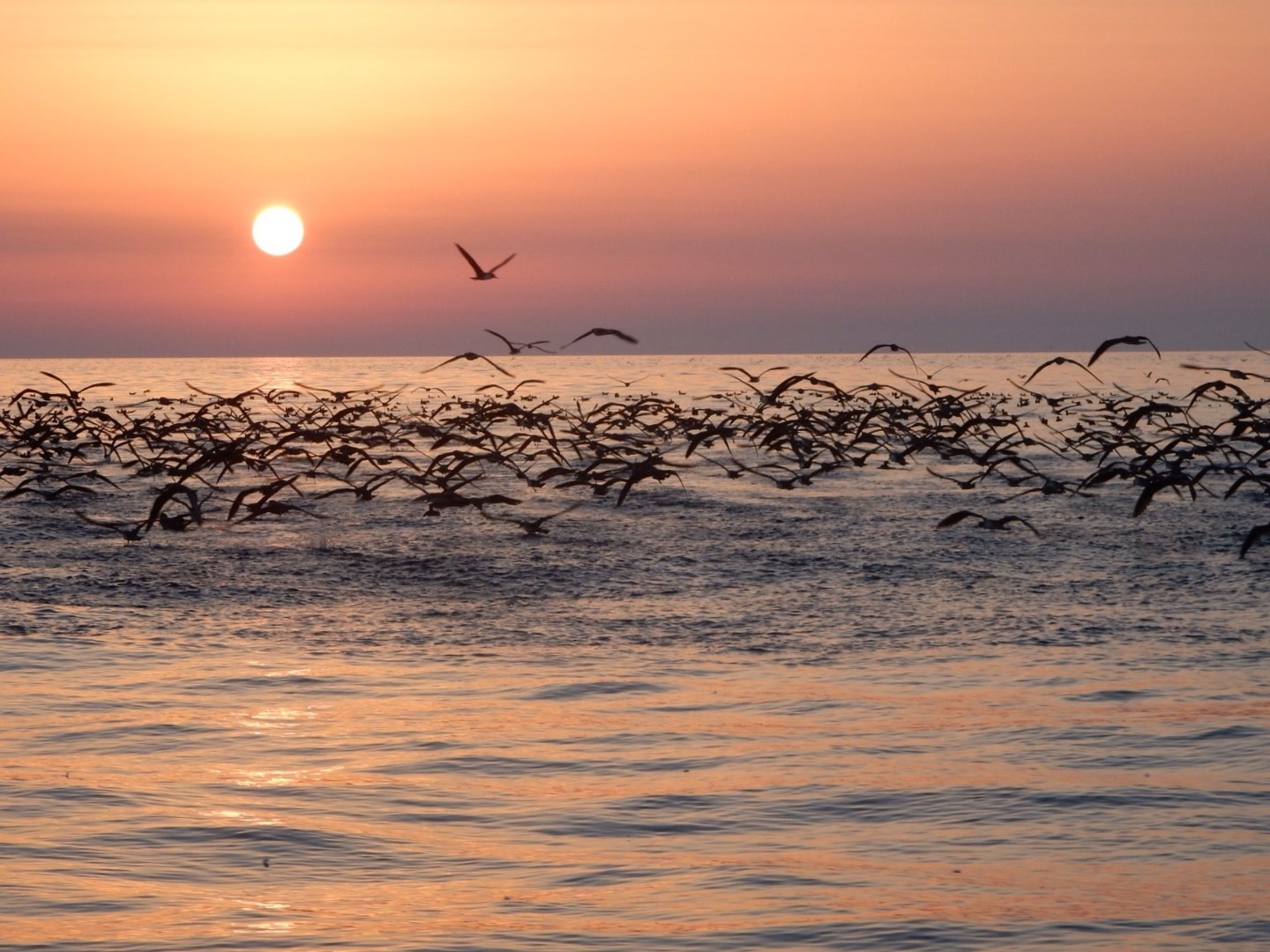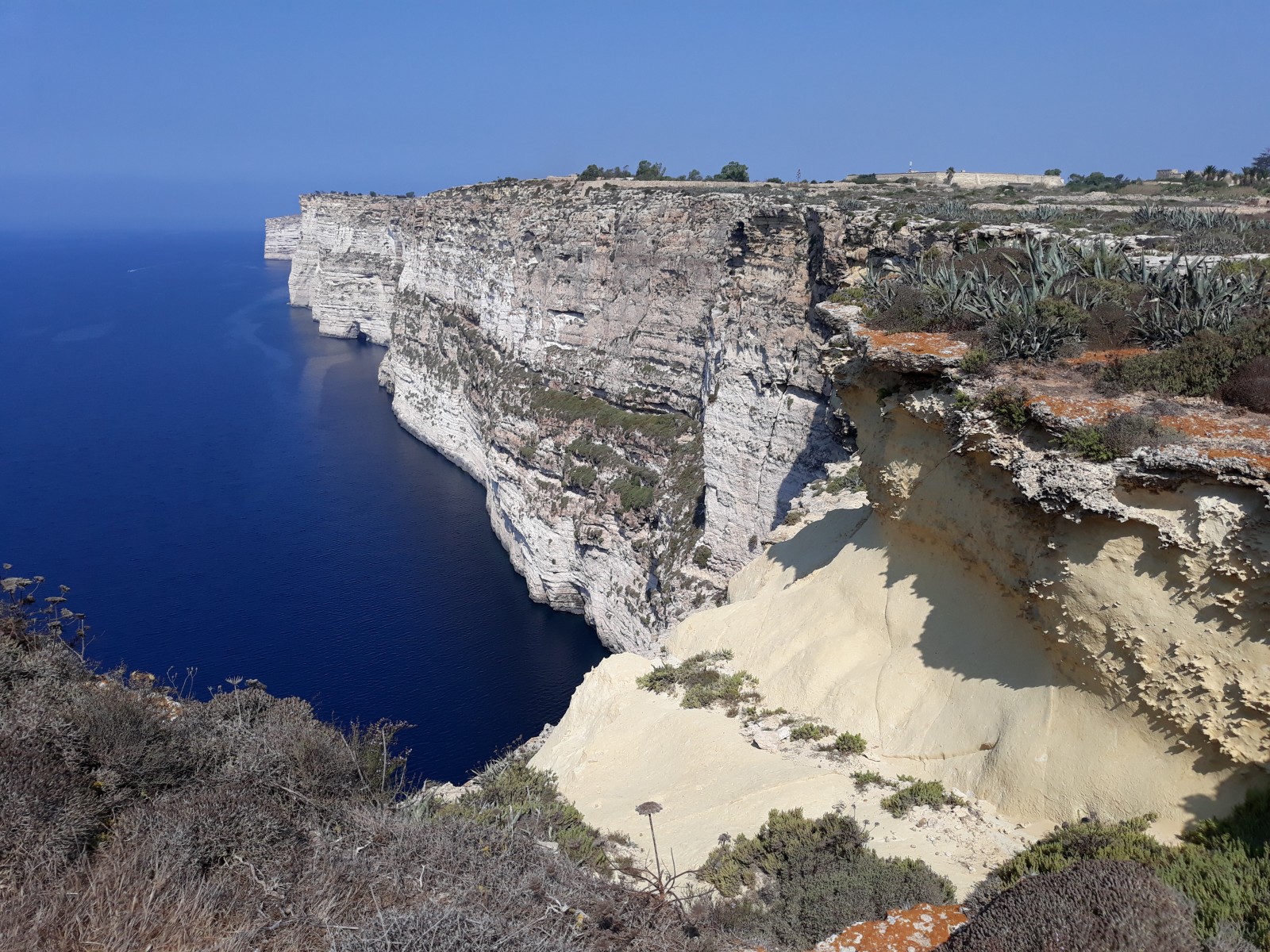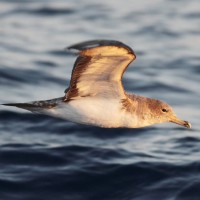Descrizione
One of the best places in the Maltese Islands to see local species such as Passero solitario, Calandrella and Sterpazzola della Sardegna, against a backdrop of the Mediterranean Sea and jaw-dropping cliffs. Gheppio and Falco pellegrino also nest in the area. However, the cliffs are better known for the largest Berta maggiore mediterranea colony in the archipelago, which is at least a 1,000 pairs strong. On summer nights a cacophony of these birds' calls can be enjoyed from land or even better join one of BirdLife Malta’s special sunset boat trips to see them! The cliffs hold two other seabird species, namely Uccello delle tempeste and Berta minore, which are much harder to see. You might be luckier with spotting nesting Rondone pallido.
The open garrigue and steppe habitat that dominate the area attracts migrants such as chats, wheatears, pipits, Hoopoes and Averla capirossa but even species like Gufo di palude. Ta’ Ċenċ and the cliffs further west have a good record for rarer species too. Codirosso algerino, Monachella del deserto, Calandrina and Averla maggiore are to name some.
Dettagli
Accesso
All the area is privately owned but you can walk along the many tracks. Park at Mġarr ix-Xini or Sannat village.
Terreno e habitat
Alberi e cespugli sparsi , Prateria/pascolo , Valle , Steppa , Mare , Terreni coltivatiCaratteristiche dell’area
Terreno piano , Roccioso , Paesaggio apertoPercorso ad anello
SiÈ utile un cannocchiale?
NoBuona stagione per il BW
Tutto l'annoMiglior periodo per visitare
Migrazione primaverilePercorso
Strada asfaltata , Strada sterrata , Sentiero ampioGrado di difficoltà del percorso a piedi
FacileModalità di accesso
A piedi , Bicicletta , Sedia a rotelleCapanno/torretta di osservazione
NoInformazioni aggiuntive
Remember not to use bright lights and not to leave any trash at coastal areas, especially cliffs which are home to shearwaters. Organic trash sustains rat populations which then feed on shearwater eggs and chicks. For more information on seabird conservation in Malta visit: https://birdlifemalta.org/arcipelagugarnija.





